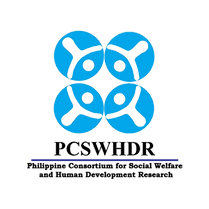The influence of West Philippine Sea surface temperatures on southwest monsoon rainfall in the Philippines
Abstract
This study aims to find large-scale physical relationships on the amount of rainfall brought about by the Southwest Monsoon and sea surface temperatures (SST) over the West Philippine Sea (WPS) and nearby waters. SST values spanning three decades (1982-2012) of the Southwest monsoon months June, July and August were analyzed for yearly and decadal trends. An increasing trend was observed, with July conditions recording the highest yearly warming rate among the months. To supplement the SST trends, decadal analysis of wind speed over the same spatial coverage was also done and showed a decreasing trend for all the months except in July, when an increase is seen. Finally, rainfall during the months analyzed in this paper was observed to follow a decreasing decadal trend. The retarding effect of a temperature gradient on high-humidity surface winds is seen as a plausible mechanism to explain the decrease in monsoon rainfall. Simulations using regional climate model RegCM4 driven by experimentally-offset SST data are conducted to verify the mechanism.
Downloads
Issue
Physics linkfest: Spanning science & technology
23-25 October 2013, University of San Carlos, Cebu City











